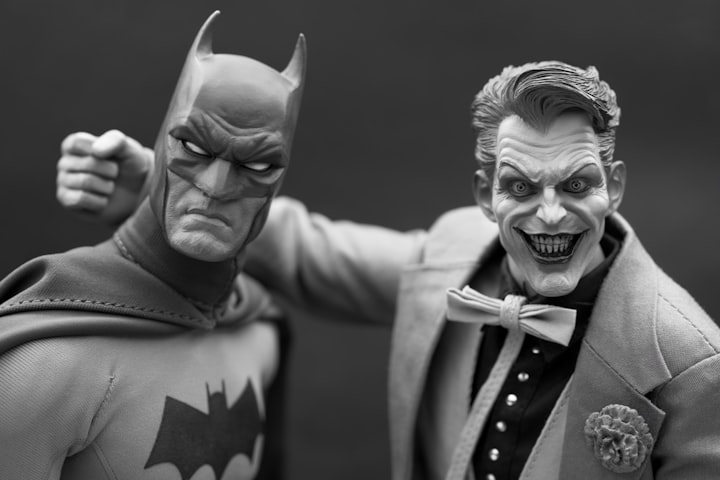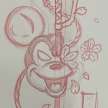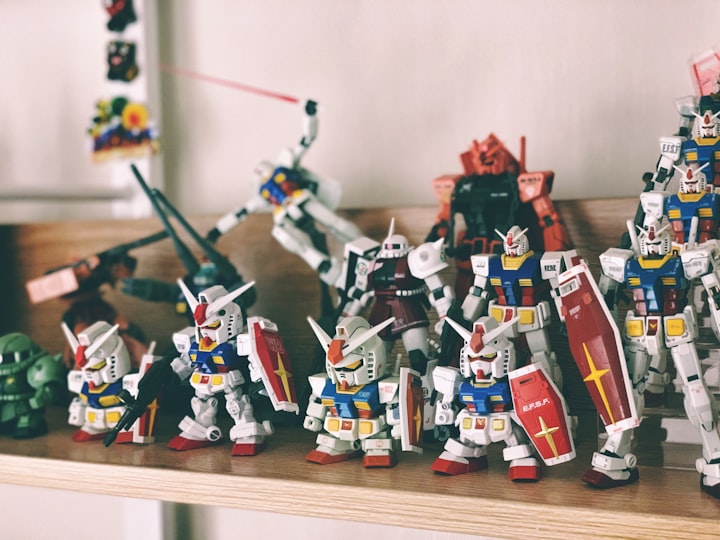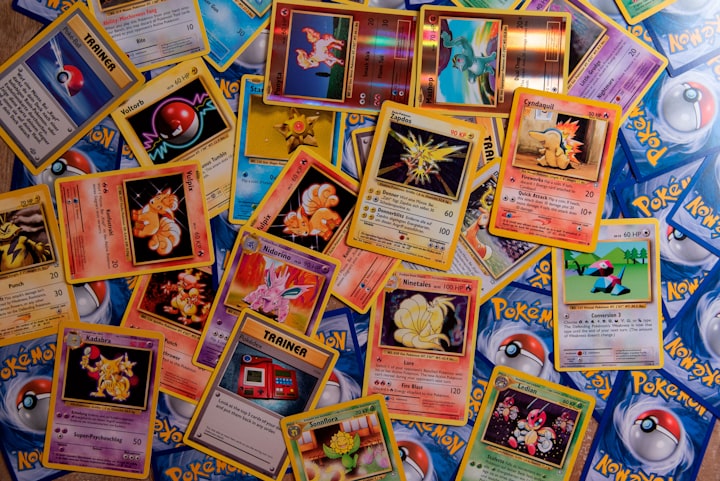Why Villains are Heroes' Yang to their Ying
How one cannot live without the other

The dynamic interplay between heroes and villains, each serving as the polar opposite of the other, is a narrative archetype deeply rooted in storytelling across cultures and epochs. This dichotomy is fundamental to the structure and depth of narratives, providing a rich landscape for the exploration of moral, philosophical, and psychological themes. Heroes and villains are not merely characters within a story; they represent archetypal forces in a perpetual struggle, embodying opposing facets of the human experience.
At the core of the hero-villain dynamic is the necessity for conflict and tension, vital elements that drive the narrative forward. Heroes are typically characterized by traits such as courage, altruism, and a commitment to justice. These qualities define the moral high ground upon which they stand. Conversely, villains serve as the antithesis, embodying malevolence, cunning, and a pursuit of power or chaos. This stark contrast in character traits lays the foundation for intense conflicts that become the driving force of the narrative. The clash between virtuous heroes and malevolent villains not only propels the story but captivates audiences by tapping into fundamental human experiences of struggle, triumph, and the eternal battle between good and evil.
The hero-villain dynamic also acts as a vehicle for exploring and emphasizing moral and ethical themes within a narrative. Heroes, often the moral compass of a story, embody virtues that the audience can admire and aspire to emulate. The dichotomy with villains becomes a canvas for examining ethical dilemmas, the consequences of choices, and the complexities of human nature. Through the opposition between heroes and villains, storytellers can navigate intricate moral landscapes, compelling audiences to reflect on their own values and beliefs. This exploration adds layers of depth to the narrative, transforming it into a vessel for philosophical inquiry and moral reflection.
Moreover, the polar opposition between heroes and villains provides a clear structural framework for storytelling and character development. Heroes, defined by their struggle against adversity, require formidable challenges to overcome. Villains, as their natural adversaries, offer precisely this. The hero's journey, a narrative structure that often follows the monomyth pattern, involves a protagonist who faces trials, confronts a powerful antagonist, and undergoes personal growth and transformation. The hero-villain dynamic serves as a catalyst for the hero's development, pushing them beyond their limits and revealing their true potential. This structured progression not only makes the story more engaging but also allows audiences to connect with the hero's journey on a personal level, drawing parallels to their own struggles and triumphs.
Furthermore, the hero-villain dynamic introduces the possibility of redemption and moral ambiguity. While heroes are expected to embody virtuous qualities, villains often possess a complexity that transcends simple notions of good and evil. Some of the most compelling villains are those with tragic backstories, misguided motivations, or the potential for redemption. This complexity challenges the binary nature of the hero-villain relationship, introducing shades of gray that blur the lines between morality and malevolence. The exploration of redemption arcs for villains adds an extra layer of depth to the narrative, illustrating that characters are not confined to their initial alignment but can undergo profound transformations. This nuanced perspective encourages audiences to consider the fluidity of morality and the potential for growth and change within individuals.
The hero-villain dynamic also offers storytellers a powerful tool to explore the psychological aspects of characters. Heroes often grapple with internal conflicts, doubts, and fears, mirroring the struggles of the human psyche. On the other hand, villains may embody the darker recesses of the human mind, portraying the consequences of unchecked desires, unresolved trauma, or the pursuit of power at any cost. By juxtaposing the psychological makeup of heroes and villains, storytellers delve into the complexities of the human condition, shedding light on the intricate interplay between light and shadow within every individual.
In conclusion, the hero-villain dynamic stands as a narrative cornerstone that elevates storytelling to an art form. By embodying polar opposite qualities, heroes and villains provide a canvas for exploring conflict, moral themes, and psychological depth. This dichotomy is not a mere literary device but a reflection of universal archetypes deeply embedded in human culture and consciousness. The tension between heroes and villains speaks to the eternal struggle between opposing forces, inviting audiences to contemplate the complexities of the human experience and the eternal battle between good and evil. The hero-villain dynamic transforms narratives into timeless tales that resonate across cultures, making them enduring and impactful expressions of the human condition.
About the Creator
JRManglicmot
A Striving father and husband, trying to be the best I can be. I'm not perfect, but I try to be the one my family can look up to. I stumble and make mistakes from time to time, most often, but I try to learn from my mistakes.






Comments
There are no comments for this story
Be the first to respond and start the conversation.